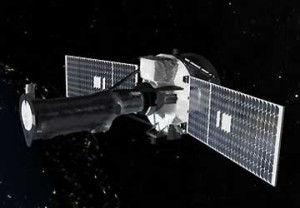
NASA will soon launch a new spacecraft to study the sun, for us to better understand how the solar atmosphere works.
The Interface Region Imaging Spectrograph (IRIS) will be launched on June 26th and will be carried on top of a Pegasus XL rocket, released from Orbital Sciences L-1011 aircraft at an altitude of 12,000 meters (39,000 feet).
IRIS will study the Sun’s lower atmosphere and its interface region. It will measure and provide us with more detailed information of a region on the Sun which is largely unexplored. IRIS will examine how matter moves, gathers energy and heats up as it passes through it.
The temperature of this region is believed to be about 5,500 degrees Celsius (10,000 Fahrenheit) and it is where most of the ultraviolet emissions are generated. It is also the region in which activity is believed to drive the solar wind.
IRIS has an ultraviolet camera that will take high-resolution images every few seconds. It will orbit Earth in a sun-synchronous polar orbit, it will orbit the Earth about 15 times per day with a single orbit that takes only 97 minutes.
It is a $181 million mission that will operate for about two years.
_______________
IRIS Mission Page
______________________________






















